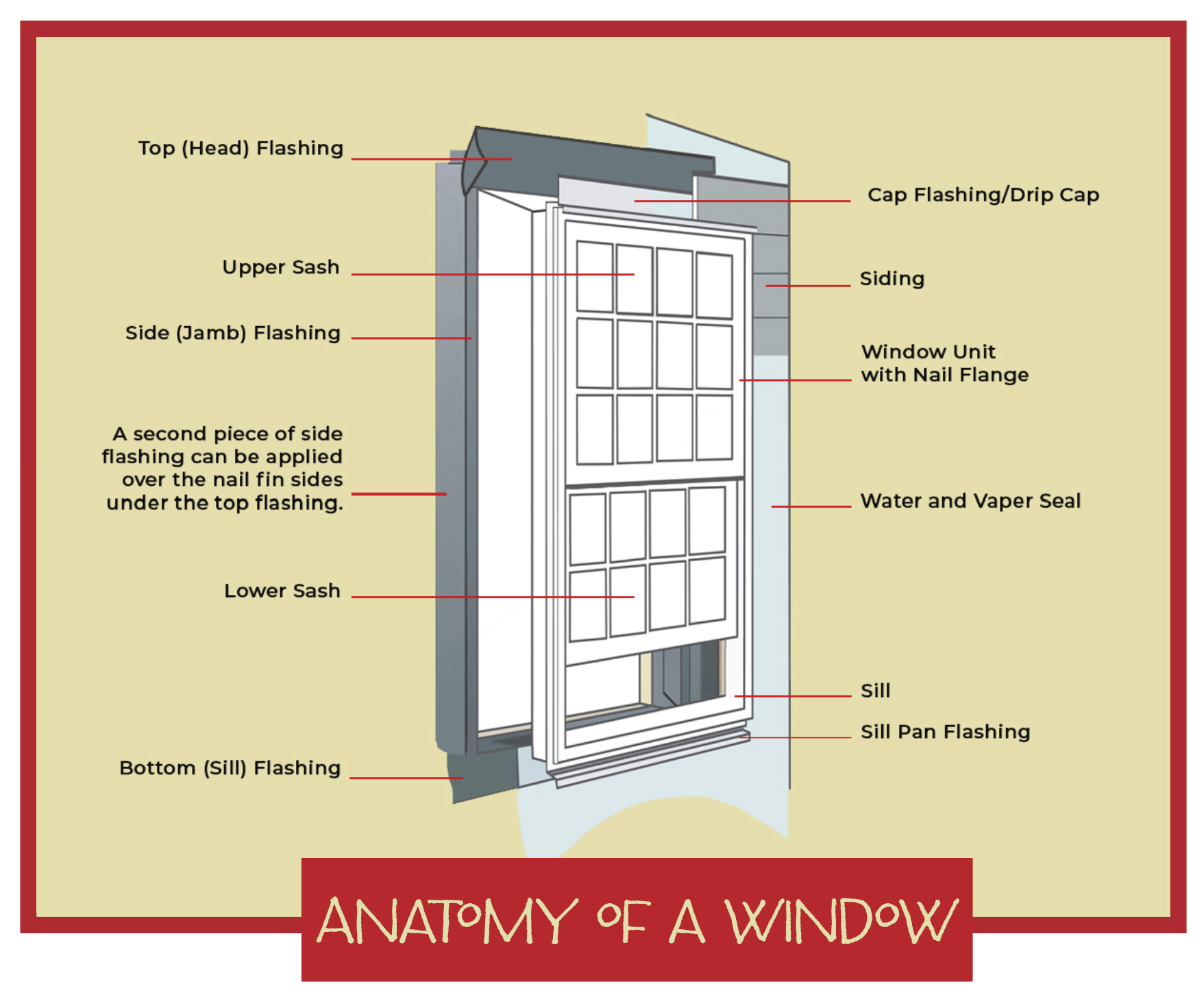Know What You’re Buying—Anatomy of a Window
Understanding the terminology when purchasing new windows will help you determine the best option for your home and your budget.

The Options!
Full-Frame Replacement
This involves removing the entire window unit right down to the rough opening in the wall. You’ll see the studs and inside the wall cavity.
When to do a full-frame replacement
- Most comprehensive option
- Necessary when the existing frame is damaged, rotted, or you want to change window sizes
- Insulation is not up to par
- Fear of moisture intrusion
Considerations
- This method is a bit more labor-intensive and more expensive
- It’s the most effective way to ensure the window is insulated correctly and properly flashed
- Addresses underlying structural issues and allows for complete customization.
Pocket Replacement
Also called an insert replacement, the new window fits inside the existing frame.
When to do a pocket replacement
- The existing window frame is level and in good condition
- Your home is relatively new and is well-insulated
- A desire to restore historic millwork
Considerations
- Minimal access to add insulation
- If the frame is not level or is damaged, or the window will not function as it should
- You’ll lose some glass area since the new frame sits within the existing frame
- Minimal disruption to interior and exterior finishes
- Unable to flash/seal the outside to today’s standards
Built Beautiful • Built Well
Recommended Posts




